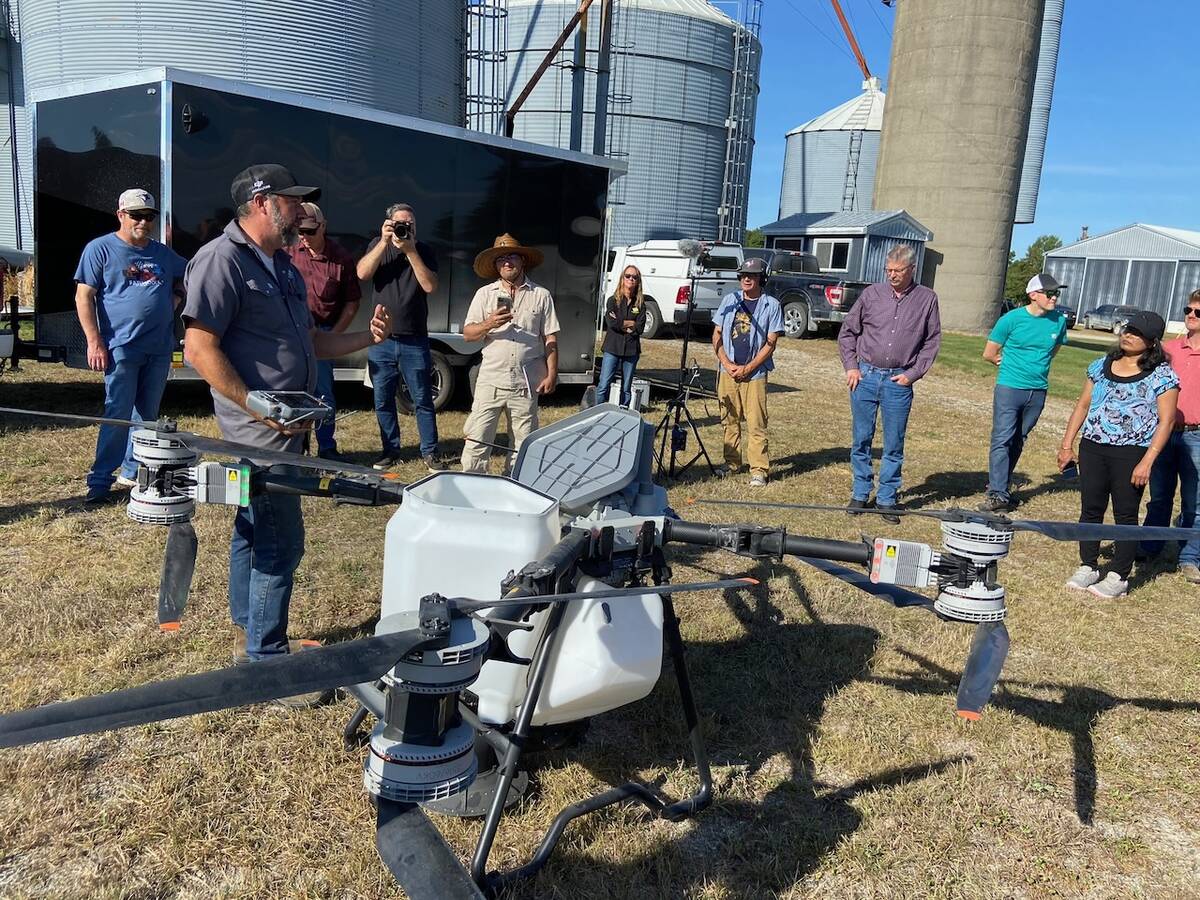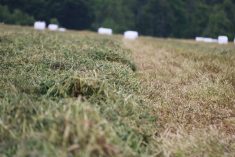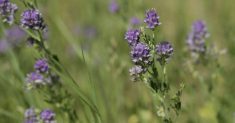With the continued rain throughout the Province getting first cut hay up at the Optimum stage for Dairy Quality hay was a challenge. For most areas an opportunity existed if producers wee going for alfalfa silage and forages had a very limited amount of grass in them.
Another factor to watch for is that as producers get delayed, they may start to see new growth starting at the base of alfalfa plants. Cutting too low once these new buds start can remove them and further delay the second crop.
Read Also

Drones jumpstart cover crop planting
Drones are a tool that can help farmers with cover crop planting in still-growing corn and soybeans.
John McGregor, MFGA
Eastern
Fields in the area are still in the early to late bud stage. Even thought the crop has slowed, RFVs continued to drop in most cases by 5 pts/day. Grasses in the mixed fields are fully headed. Alfalfa weevils have been seen in a second field but again it is very early and damage was minimal.
Click here to read the full Green Gold Report for Eastern Manitoba (June 2) as a free PDF.
Central
Hay Day delayed. Looking at the results for this area we see that the areas with a shorter crop have some time before reaching the Optimum RFV of 170 for hay. Alfalfa throughout the area is in the early to late bud stage. Crops in the area continued to grow about 1 inch/day.
Click here to read the full Green Gold Report for Central Manitoba (June 1) as a free PDF.
Western/Interlake
Hay Day for the area was delayed slightly. Some areas in the North have seen the crop jump 3-4 inches in the last 2 days, most other areas have advance 1⁄2 per day. RFVs show that some areas are at the Optimum RFV of 170 while others are closer to the 150 point.
Click here to read the full Green Gold Report for Western/Interlake Manitoba (June 1) as a free PDF.















